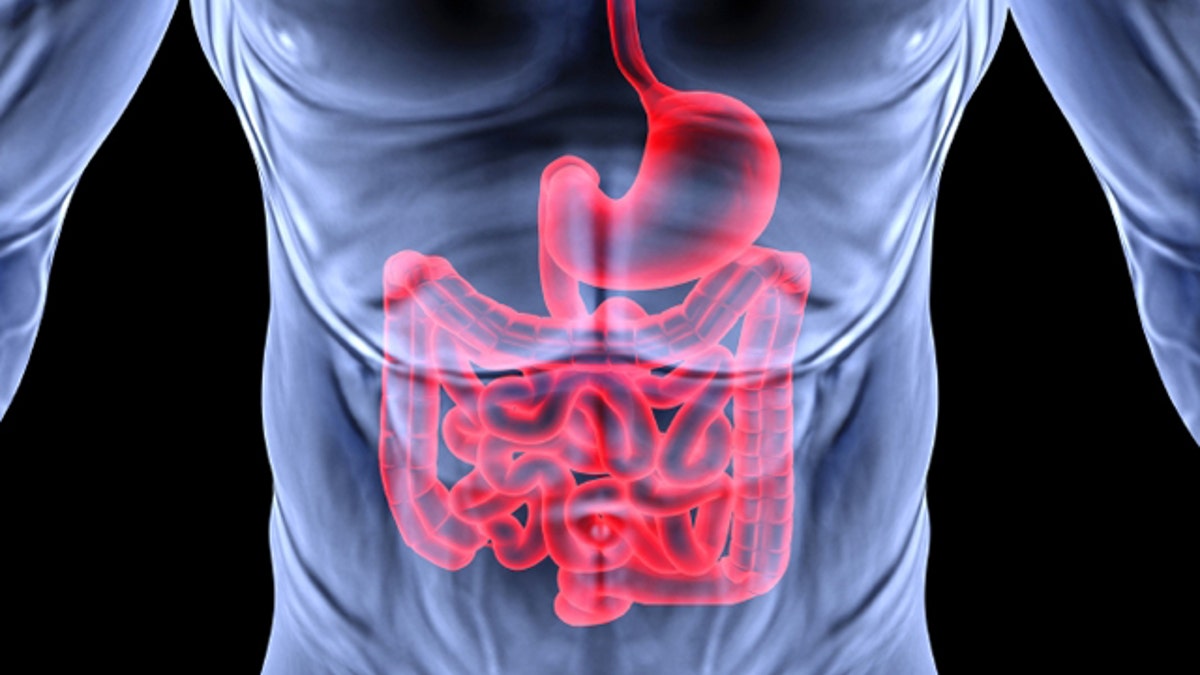
A digestion byproduct derived from high-fat animal products and previously found to increase the risk of heart disease has now also been linked to chronic kidney disease (CKD), according to a study published Thursday in the journal Circulation.
Researchers at the Cleveland Clinic observed that elevated levels of Trimethylamine N-oxide (TMAO) in a person’s blood helped predict whether he or she would develop CKD. In a separate part of the study, using animals, researchers found that a TMAO-rich diet debilitated mice’s kidneys and, as the compound accumulated, expedited the development of CKD and heart disease.
“What this suggests to us is that this pathway that makes TMAO is both a mediator of cardiovascular disease and now appears to be a mediator in the development of CKD,” lead study author Stanley Hazen, chair of the department of molecular medicine at the Lerner Research Institute at the Cleveland Clinic, told FoxNews.com. “But it’s also linked to the heightened cardiovascular disease risk if they have kidney disease. It’s a spiraling kind of thing: The worse the kidney function gets, the higher the TMAO gets.”
TMAO is formed when the digestive system metabolizes foods like red meat, veal and egg yolk. Previous research has linked TMAO to atherosclerosis, a disease in which cholesterol-rich material accumulates in the arteries. These pockets form plaque, and when plaque breaks apart, heart attack or stroke can occur.
The Centers for Disease Control and Prevention (CDC) estimates that over 20 million Americans have CKD, many of whom are undiagnosed. CKD is caused by a gradual loss in kidney function over time.
Kidneys are involved in excretion— the process of getting rid of metabolites— and previous research has suggested that people with CKD are at a higher risk of heart disease. But traditional risk factors don’t adequately account for the excess cardiovascular risk that is observed in subjects with CKD, Hazen said.
“We thought this may explain the excess risk,” Hazen said.
Study authors examined TMAO levels in the blood of nearly 4,000 adults and followed them for five years to observe mortality rate. Over the first three years of follow-up, they monitored whether the patients experienced a heart attack or stroke. Researchers also recorded the patients’ kidney function at the beginning and end of the study.
When the study began, about 520 study participants were diagnosed with CKD and 3,166 patients were not. People with a history of congenital heart disease or known acute coronary syndromes, and those who had revascularization procedures within 30 days of enrollment were excluded from the study. The analysis also adjusted for traditional risk factors such as age, sex, blood pressure, abnormal cholesterol, smoking and diabetes.
Researchers observed that TMAO levels were highest in patients with CKD. But regardless of whether a patient had been diagnosed with the condition, elevated levels of the compound were still associated with a greater all-cause mortality risk over a five-year period. Stroke and heart attack incidence also correlated with elevated TMAO levels, Hazen noted.
To verify whether dietary habits played a role in CKD risk, study authors studied three groups of mice: one that they fed a control diet, and two other diets that were each enriched with a different compound known to predict CKD. One of those groups ate a diet rich in TMAO, and the other group ate a diet rich in the metabolite choline.
“We were very surprised but also gratified to see that both of those diets led to progressive renal dysfunction,” Hazen said.
After analyzing TMAO levels in the mice’s blood, researchers also noted that the degree of renal dysfunction and renal fibrosis had a linear relationship with TMAO accumulation.
Researchers studied multiple strains of mice and noted that TMAO affected all of the animals’ kidneys— even those among a strain of mice known to be resistant to loss of renal function, Hazen said.
Hazen noted that while a link between dietary-derived TMAO and CKD in animals has been identified, researchers still don’t know whether such an association exists in humans. Further study is needed to determine if a diet intervention program in humans is effective in halting TMAO buildup and preventing CKD.
Hazen added that his team’s findings are notable because they offer insight into why one person may be more susceptible to chronic diseases than another person.
“These studies help us to understand why there are interindividual differences for risks for developing kidney disease and heart disease,” he said.
